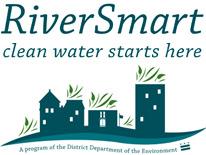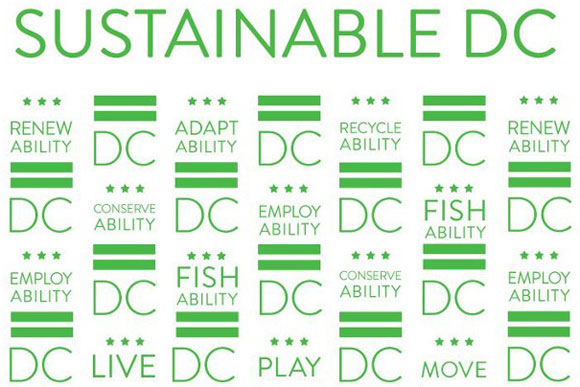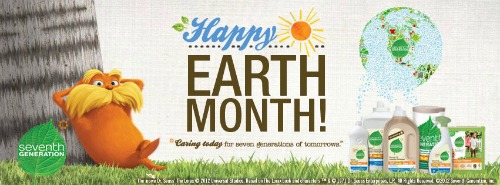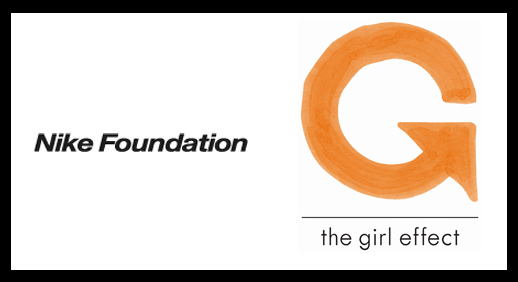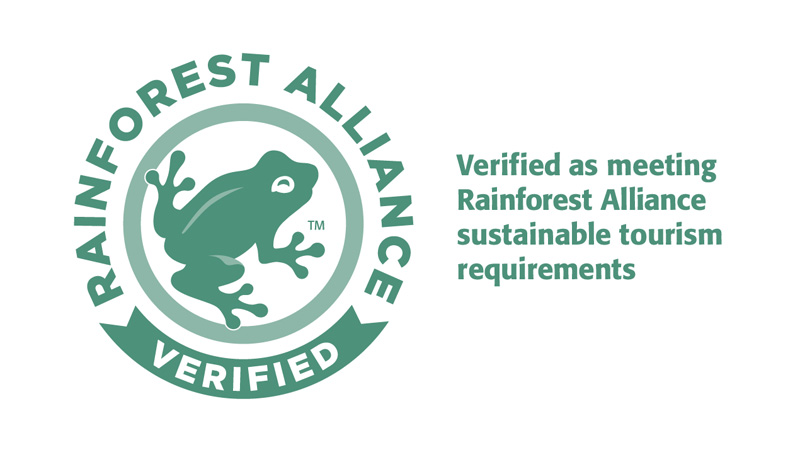Marketing has a
central role in shaping the values of our society. Our culture both influences and is influenced by marketing. If we are going to make the drastic changes that are necessary for addressing the social and environmental issues that currently exist in the world today marketing will be understanding the impacts of marketing will be essential.
A central focus of this
course has been on marketing concepts and terminology. Objective one, "To examine and convey basic and emerging
marketing concepts and terminologies", was infused through out the course. A concept that were
especially influential as I explored the connection between marketing and
social responsibility was, the significance of brand equity in the portrayal of socially responsible corporations.
Socially responsible businesses are especially reliant upon building brand
equity, because their portrayal as a company that is not only focused on
profit, but also people and the planet. This connects with the fourth
objective "To explore ethical issues confronting marketing managers". This objective was especially applicable
to my focus on socially
responsibility through the progression of the course. In order to act ethically
businesses must operate under a framework that is not only focused on profits,
but also reliant upon social and environmental issues.
Marketing is not only an influencer on culture, but is also influenced by culture. The third objective is "To recognize the importance of the consumer and the vital need for
consumer orientation on the part of all
employees in all firms and organizations" understanding that
the marketing process starts and ends with the consumer is relevant to the focus on social responsibility, because it empowers the consumer to be a motivator of corporate change. If consumers are concerned that current business operations are inadequate they can force change through the understanding that the customer is vital to business operations.
In order to successful market a product marketers must operate successfully on a team, feel confident with research and presentations, and fell comfortable drafting reports. Developing these skills is the third
objective, “To have the opportunity to put marketing into action via team and
individual projects, research, reports and presentation”. Marketing requires a skill set that was expanded upon through personal and group presentations, practice marketing programs and current events.
Moving beyond marketing and into personal and professional roles, the
sixth and final objective is particularly relevant. "To set personal and professional goals and
positively contribute in an engaged class". Professional goals are achieved through the development of skills that are relevant to the workforce, through my engagement in the projects and assignments in this class I was able to develop the skills that will help me in my professional development. My personal goal of aligning the value of addressing social and environmental issues with consumer behavior is an aspect of my life that I will diligently practice and improve on as I continue to conscientious consumer behavior.










